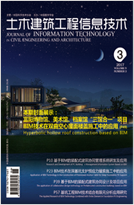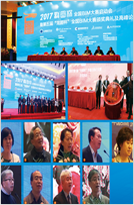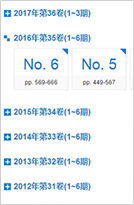Abstract:
The Li-ling International Ceramic Exhibition Hall is a large-scaled public building, with complexed underground pipelines involving many professions, which raises high requirements for clearance and large-scaled ceiling areas. The traditional 2D pipeline construction method possesses many limitations, mainly embodied in the areas including coordination of different specialties, rational order arrangement of installations, and clearance optimization. For the effective implementation of the mechanical and electrical pipeline constructions, the BIM technology is adopted to optimize the pipeline installation process, to improve the first pass rate of the pipeline installation and pump house optimization efficiency, and to save the construction period. The application achieved good economic and social benefits, and can provide reference for similar engineering applications.










 下载:
下载: